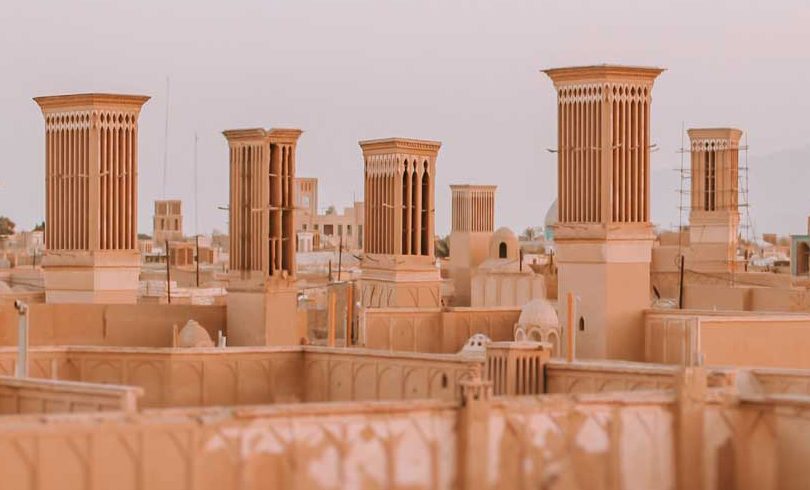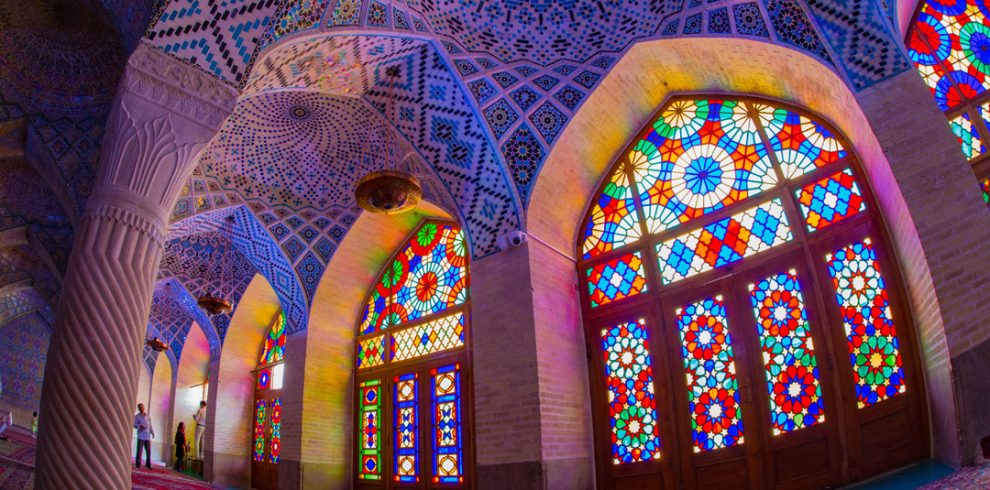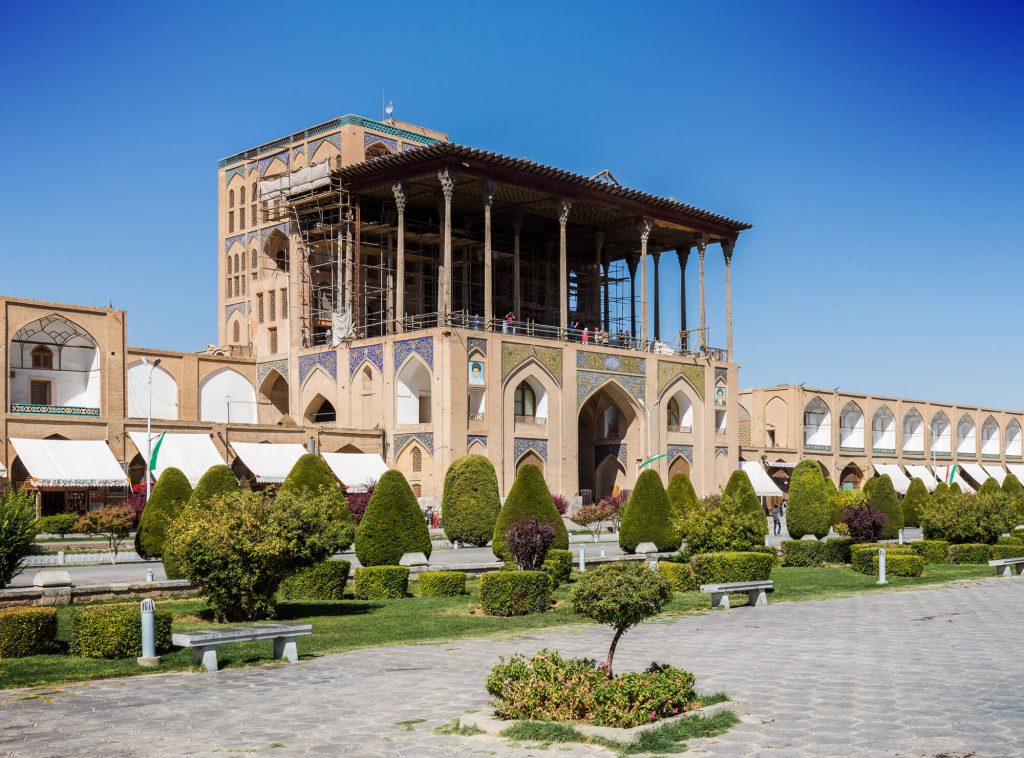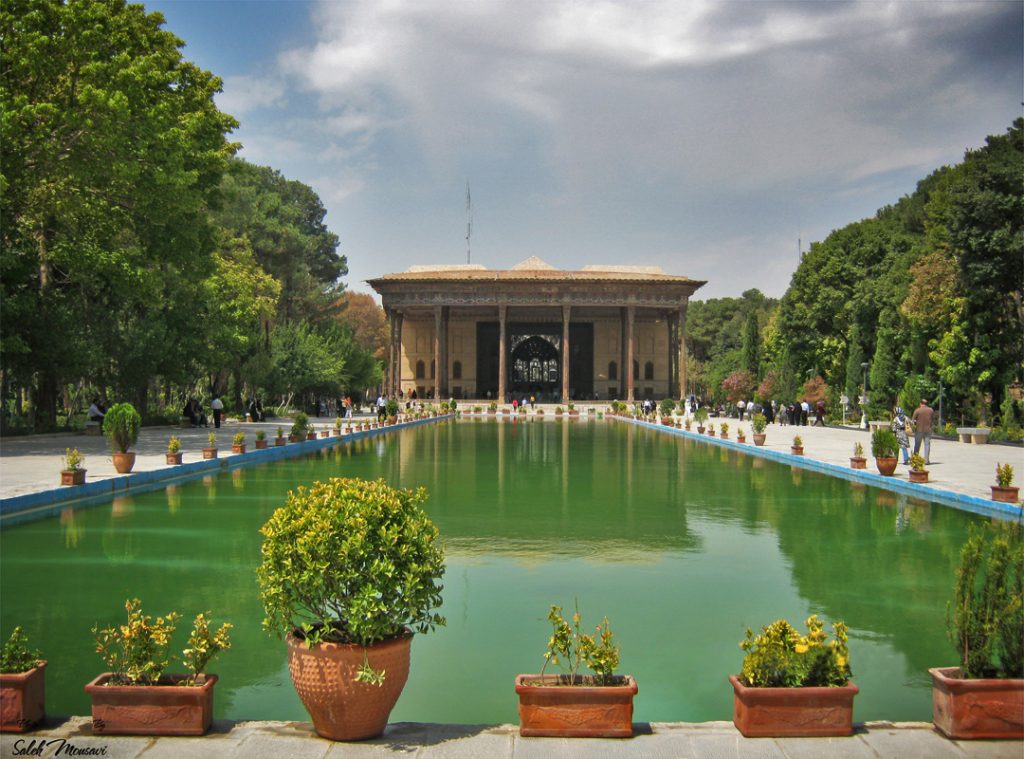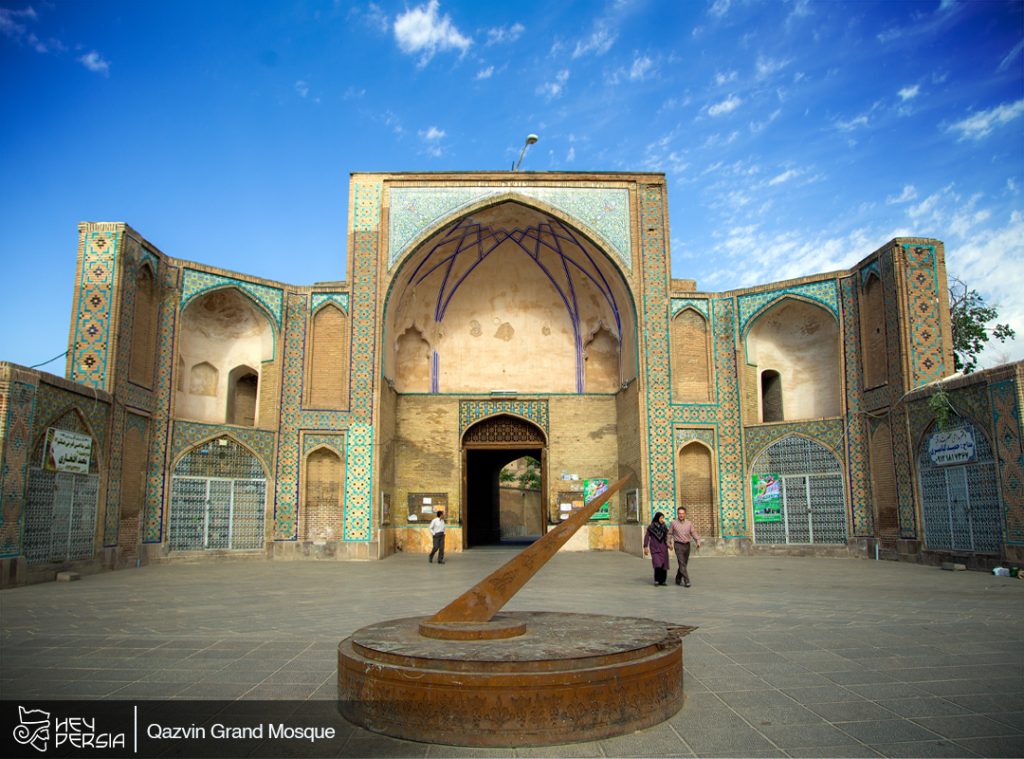Iran, a land steeped in history and culture, boasts a tapestry of ancient civilizations and architectural marvels. They have stood the test of time. From the grandeur of the Achaemenid Empire to the intricate beauty of Islamic architecture, the country is famous with historical treasures. They continue to captivate visitors and scholars alike. In this exploration, we delve into four of Iran’s most renowned historical wonders. Persepolis, Naqsh-e Jahan Square, Pasargadae, and the Yazd Tower of Silence. Each site tells a story of a bygone era, showcasing the ingenuity, artistry, and cultural richness that define Iran’s legacy. Learn more about Top 4 Iran’s Historical Wonders at Hey Persia.
Persepolis is one of the Top 4 Iran’s Historical Wonders
Persepolis, meaning “City of Persians,” was once the ceremonial capital of the Achaemenid Empire and is now an archaeological site located near Shiraz. Built around 518 BC by King Darius I, it was expanded by subsequent kings, including Xerxes I and Artaxerxes I. The city served as a grand center for ceremonies, receptions, and festivals, displaying impressive architecture, intricate reliefs, and colossal statues. Persepolis was destroyed by Alexander the Great in 330 BC but remains a testament to the Achaemenid Empire’s glory.
Naqsh-e Jahan Square (Isfahan)
Naqsh-e Jahan Square, also famous as Imam Square, is a UNESCO World Heritage Site in Isfahan. Constructed in the early 17th century during the Safavid dynasty, this vast square epitomizes Persian architecture and urban planning. Enclosed by monumental buildings like the Imam Mosque, Sheikh Lotfollah Mosque, Ali Qapu Palace, and the Grand Bazaar, it showcases stunning Islamic architecture, intricate tilework, and grandeur. The square remains a hub of cultural and social activities, attracting locals and tourists alike.
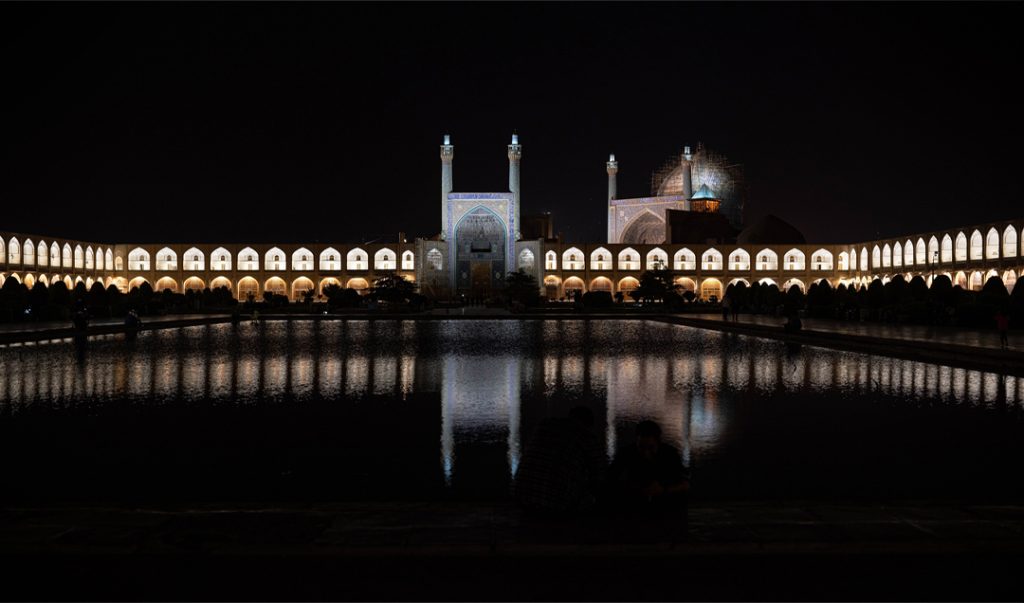
Pasargadae is another of Top 4 Iran’s Historical Wonders
Pasargadae, founded by Cyrus the Great around 546 BC, served as the first capital of the Achaemenid Empire and is renowned for its historical significance and architectural wonders. The site houses Cyrus’ tomb, a simple yet impressive structure that has influenced architectural styles for centuries. Pasargadae also includes the remains of palaces, gardens, and other structures reflecting the advanced engineering and artistic skills of the time.

Yazd Tower of Silence in Iran
The Yazd Tower of Silence stands as a powerful symbol of Zoroastrian traditions and their reverence for the elements. Its historical significance, unique burial practices, and architectural beauty make it a remarkable site in the heart of Yazd. As it continues to attract both pilgrims and tourists, the Tower of Silence serves as a living testament to the enduring cultural and religious heritage of the Zoroastrian community in Iran, providing a glimpse into a world where nature and spirituality are intricately intertwined.
Top 4 Iran’s Historical Wonders
Iran’s historical wonders stand not only as architectural marvels but as living testaments to the country’s rich and diverse cultural heritage. These sites, whether the majestic ruins of Persepolis or the vibrant splendor of Naqsh-e Jahan Square, serve as windows to a past filled with grandeur, innovation, and artistic brilliance. Preserved through the ages, they invite us to appreciate the ingenuity of ancient civilizations and the enduring legacy they left behind.

